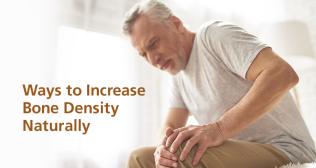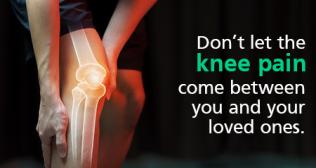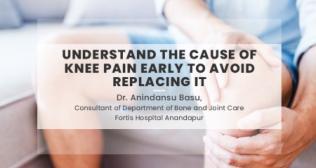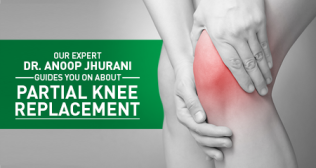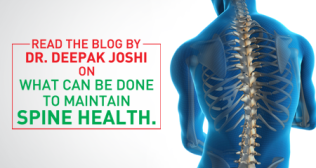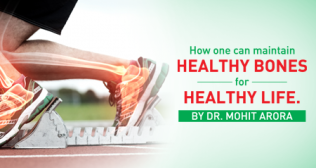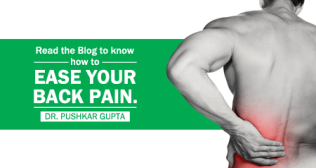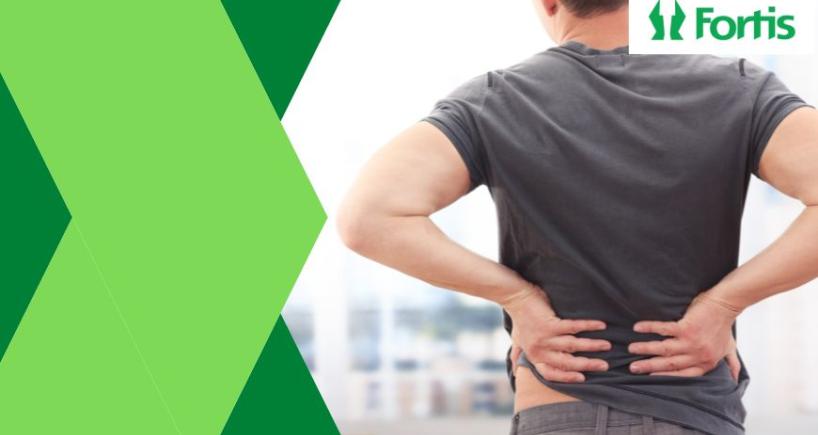
Lower Back Pain and Fever: Symptoms, Causes and Treatment
Lower Back Pain and Fever
The lower part of the back, also known as the lumbar region is becoming a big concern for the majority of the population. Almost everyone may experience lower back pain once in their life caused by a variety of factors, such as muscle strain, poor posture, or a herniated disc. Additionally, severe back pain with fever is becoming a common problem but the severity of this problem is not common knowledge yet. Let’s understand lower back pain and lower back pain fever, and learn the symptoms, diagnosis, and treatment methods for the same.
What is lower back pain?
The lower back is the area between the bottom of the ribcage and the top of the legs, and it is a common area for the pain to occur, known as lower back pain, which can create difficulty in walking, sleeping, or working. Lower back pain can be caused by a variety of factors such as muscle strain, spinal problems, and underlying medical conditions.
Symptoms of lower back pain
The symptoms of lower back pain can vary depending on the underlying cause. Some common symptoms of lower back pain include:
- Pain or discomfort in the lower part of the back
- Stiffness or difficulty moving the back
- Muscle spasms or tightness in the back
- Pain that radiates down the legs or into the buttocks
- Difficulty standing straight or walking
- Numbness or tingling in the legs or feet
In addition to these physical symptoms, lower back pain can cause emotional and psychological symptoms, such as anxiety, stress, and depression. These symptoms can be caused by the pain itself, as well as by the fear of re-injury or the fear of chronic pain.
What causes lower back pain?
There are many possible causes of lower back pain, and the specifics can vary depending on the individual. Some common causes of lower back pain include:
1. Muscle strain or sprain
The muscles in the lower back can become strained or sprained from lifting heavy objects, sudden movements, or poor posture. This can cause pain, stiffness, and difficulty moving the back. Muscle strain or sprain can be caused by activities such as lifting heavy objects, sudden movements, or poor posture.
2. Spinal problems
The spine is a series of bones (vertebrae) connected by muscles, ligaments, and tendons. Problems with any of these structures, such as herniated discs or spinal stenosis, can cause lower back pain.
3. Underlying medical conditions
Lower back pain can also be a symptom of underlying medical conditions, such as arthritis, kidney problems, or infections. Arthritis causes inflammation of the joints and can affect the joints in the lower back. Kidney problems such as kidney stones or infections can also cause lower back pain.
Other possible causes of lower back pain include injuries, such as falls or car accidents, and certain medical conditions, such as fibromyalgia or endometriosis. In some cases, the cause of lower back pain may be unknown.
Lower Back Pain with Fever
Lower back pain with fever is a combination of symptoms that may suggest different medical issues. Severe back pain with a fever or high body temperature may be a manifestation of an infection or inflammation. Alternatively, milder lower back pain can be caused by muscle strain, spinal problems, or other medical conditions. Back discomfort typically resolves with rest and certain medications. However, if it is accompanied by fever, medical attention is necessary as this may be indicative of a serious health concern. Fever is a sign that an infection is present, and thus requires immediate medical assistance.
What causes fever and lower back pain?
Fever, or a high body temperature, is often a sign of infection or inflammation. Lower back pain, on the other hand, can be caused by a range of factors, including muscle strain, spinal problems, or underlying medical conditions.
Some possible causes of fever and lower back pain include:
- Infections such as urinary tract infections or pneumonia can cause fever, as well as pain and discomfort in the lower back.
- Inflammatory conditions, such as arthritis or ankylosing spondylitis can cause fever, as well as pain and stiffness in the lower back.
- Spinal problems, namely herniated discs or spinal stenosis can cause lower back pain, as well as other symptoms such as numbness or tingling in the legs.
- Kidney problems, such as kidney stones or kidney infections can cause fever, as well as pain and discomfort in the lower back.
How is lower back pain diagnosed?
- Lower back pain diagnosis is a combination of medical history, a physical examination, and imaging tests.
- During the medical history, the doctor will ask about your symptoms, such as when the pain started, how severe it is, and what makes it better or worse. The doctor will also ask about your medical history, including any previous injuries or medical conditions that may be related to your lower back pain.
- The physical examination involves an examination of your back and checking for tenderness, stiffness, or other abnormalities. The doctor may also test your reflexes, muscle strength, and range of motion.
- Imaging tests, such as X-rays, CT scans, Electromyography(EMG), or MRI scans, may also be ordered to provide more detailed information about the structures in your lower back for a well-designed treatment plan.
- Based on the results of the tests, the doctor can diagnose the cause of your lower back pain and recommend appropriate treatment options.
What are the treatments for lower back pain?
The treatment for lower back pain with fever will depend on the underlying cause of the symptoms. Some possible treatment options for lower back pain with fever include:
1. Antibiotics
If the cause of the lower back pain with fever is an infection, such as a urinary tract infection or pneumonia, antibiotics may be prescribed to treat the infection.
2. Nonsteroidal anti-inflammatory drugs (NSAIDs)
NSAIDs, such as ibuprofen or naproxen, can help relieve pain in the lower back and inflammation. These medications are usually taken orally or applied topically to the affected area.
3. Muscle relaxants
Muscle relaxants, such as cyclobenzaprine or diazepam, can help relieve muscle spasms and stiffness in the lower back. These medications can be taken orally or injected directly into the affected muscles.
4. Muscle relaxants
Muscle relaxants, such as cyclobenzaprine or diazepam, can help relieve muscle spasms and stiffness in the lower back. These medications can be taken orally or injected directly into the affected muscles.
5. Physical therapy
Physical therapy can help improve flexibility and strength in the lower back. A physical therapist can teach you exercises and stretches to help relieve pain and improve function.
6. Surgery
In some cases, surgery may be necessary to treat the underlying cause of lower back pain with fever. For example, if the cause is a herniated disc, surgery may be needed to remove the herniated part of the disc.
When to see a doctor?
It's generally a good idea to see a doctor if you experience lower back pain that is severe, persistent, or worsening. Some other signs that you should see a doctor for lower back pain include:
- Pain that radiates down the legs or into the buttocks
- Numbness or tingling in the legs or feet
- Loss of bladder or bowel control
- Fever or other signs of infection, such as redness, swelling, or warmth in the affected area
- Difficulty standing straight or walking
- Weakness or numbness in the legs or feet
- Unintentional weight loss
If you experience lower back pain and fever, it is advised to consult a doctor immediately to determine the cause of your lower back pain and fever and receive appropriate treatment.
Categories
Clear allMeet the doctor

- Orthopaedics | Orthopaedics
-
25 Years
-
1500







